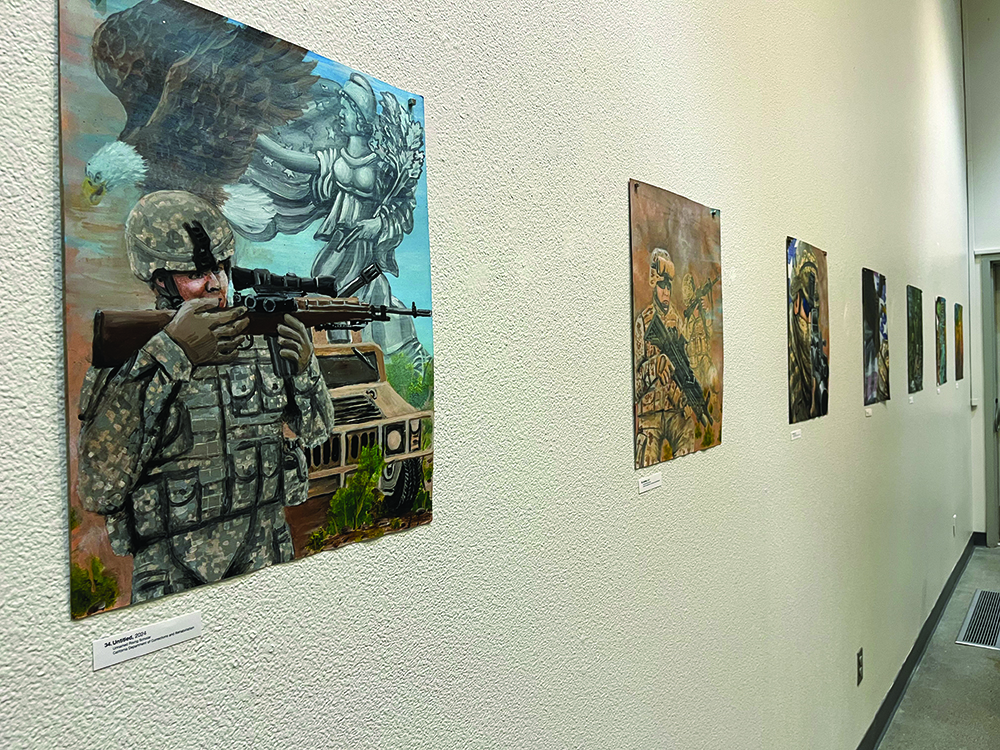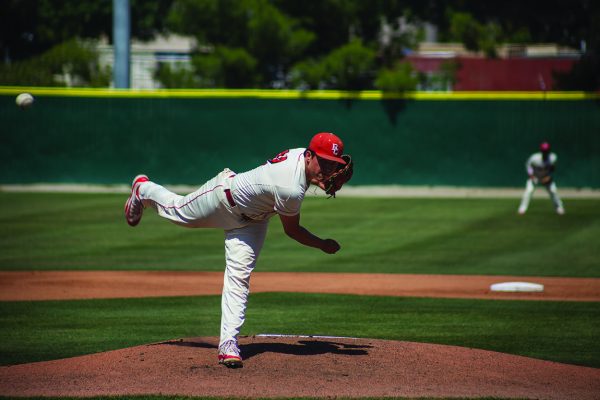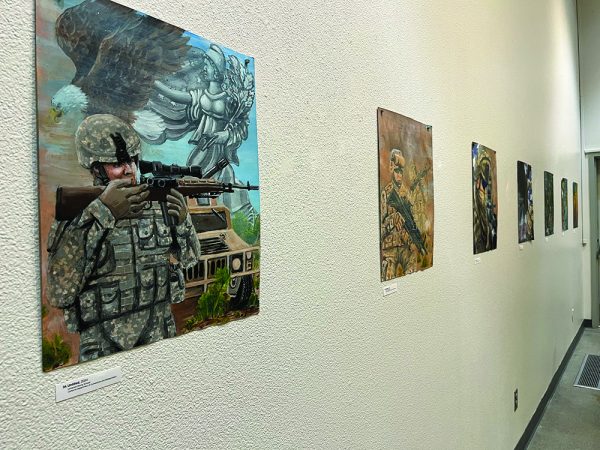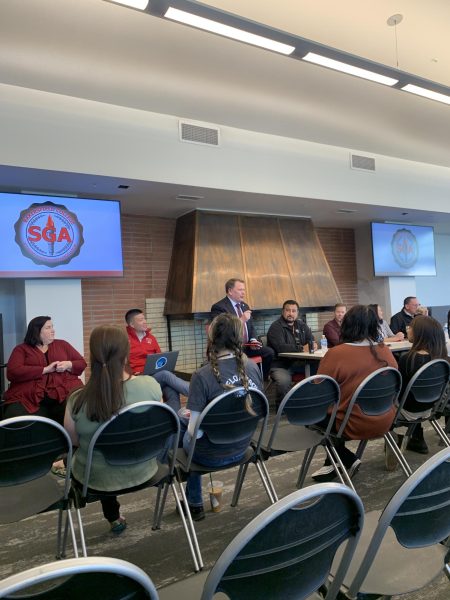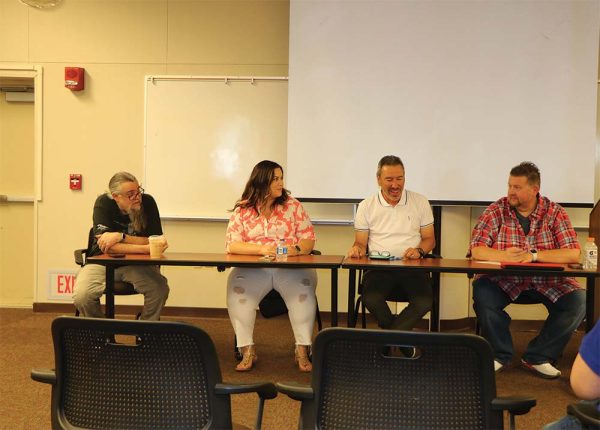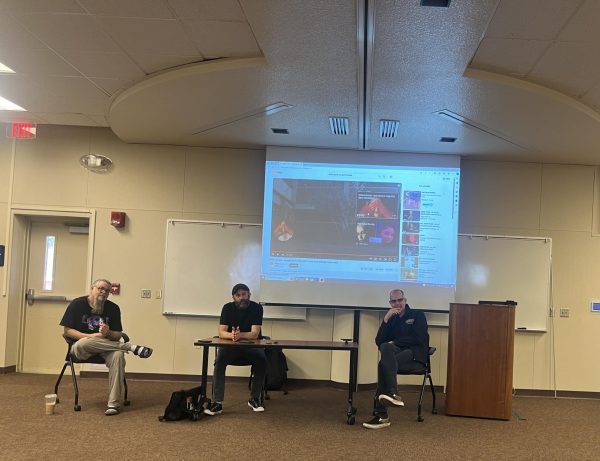Wind and its Influence on our Lives
April 22, 2022
Bakersfield College’s Levan Center continued its series of webinars related to the elements and the impact that each of them have on our lives. This month’s presentation was of the wind and the various influences the wind has had on people across the world, throughout history. The event was hosted via Zoom Webinar on April 20, at 6pm.
Four guest speakers were invited to talk throughout the event. Nan Gomez-Heitzberg, the Vice President of the KCCD Board of Trustees. Ronnie Wrest, a professor of Art History. Rae Ann Kumelos, an English professor, and Krista Moreland, a professor of Anthropology.
They spoke of three main topics, the wind’s effect on arts, architecture, and mythologies around the world.
On the impact of arts, they spoke of how some aspects of the wind such as its movement has gone on to inspire unique pieces of art, such as wind veils. A massive curtain of thousands of small, very light aluminum plates that can turn 360 degrees and respond to passing winds, all of them turning around to create an image such as falling leaves.
“Artists are about making the invisible, visible” Heitzberg said, on the topic of how wind has influenced many artistic pieces.
Architecture and technology had also been greatly impacted by the wind’s presence. The earliest example explained was how wind was used to create fire, and from there came flutes, bellows, sails, windmills, and more.
A big emphasis was on kites, and how they were one of the earliest and most impactful ways some cultures, especially those living near water such as Indonesia where kites have influenced sports, fishing, and festivals.
The wind’s impact on mythology has also been great throughout history. Many cultures throughout history have almost always had a form of wind god. It can be a depiction of life, as well as of destructive wrath.
The impact of the wind itself on the people can be seen through ancient to modern times, with classic examples such as how the Greeks used the aid of their wind god to defeat the Persians and how Black Sunday of 1935 was a massive dust storm that hit the dust bowl during the Great Depression.
“Wind the is the carrier of all change, and the lessons we have here are to honor the wind and remember the inspiration is only a breath away” Kumelos stated.


